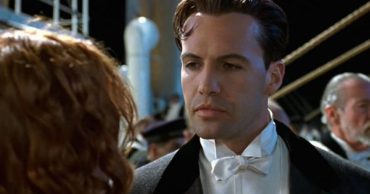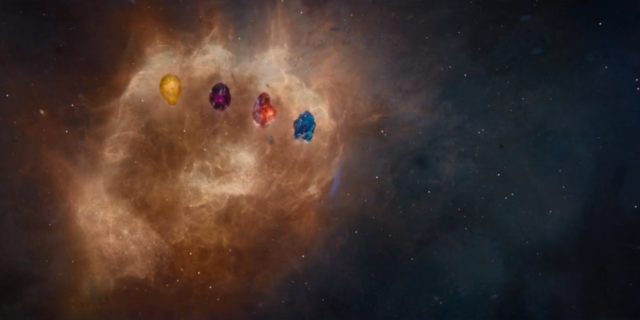
In the lore of the Marvel Cinematic Universe, there are Infinity Stones: six cosmic singularities that predate the universe and hold absolute dominion over the naturally occurring forces of the universe. When gathered together, they make their wielder virtually omnipotent.
The Tesseract, seen throughout Marvel’s Phase 1, is the Space Stone. Loki’s Scepter, which debuted in The Avengers, housed the Mind Stone, and is now a part of Vision. The Æther, introduced in Thor: The Dark World, is the Reality Stone. The Orb, introduced in Guardians of the Galaxy, is the Power Stone. The Eye of Agamotto, the iconic artifact from Doctor Strange, is the Time Stone.
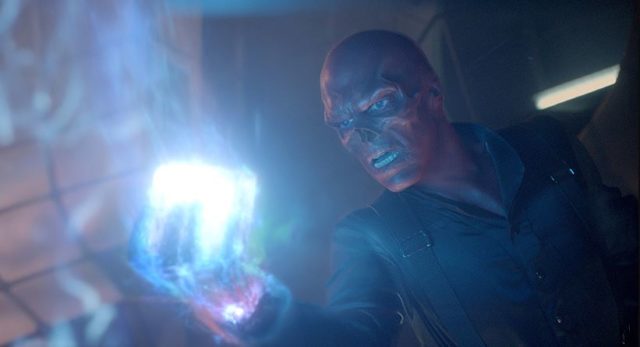
That just leaves one unaccounted for: the Soul Stone. In the comics, it possessed some of the most fearsome abilities of the entire set. It allows its wielder to steal, control and manipulate the souls of others. It could steal the powers of others and could theoretically be used to control all life in the universe.
Many observers of the MCU, myself included, assumed that the stone would make its appearance in Thor: Ragnarok. After all, the last time we saw Thor was in Age of Ultron, after which he left Earth to hunt the cosmos for the other Infinity Stones. Each Previous film in the series was concerned with a Soul Stone: the Tesseract was “the jewel of Odin’s treasure room” and the Æther was used repeatedly by the Dark Elves to return the universe to the darkness from whence it came.

In fact, one popular fan theory suggested that we’ve it multiple times over the past six years. Given that the other stones have each taken unique shapes — a cube, an orb, a floating liquid, a scepter and an amulet. Some believed that the eyes of Heimdall — the Asgardian watcher and guardian of the Bifrost — were actually the Soul Stone.
After all, his powers — not shared by any of his fellow Asgardians — allowed him to see every being in the universe. In Thor: The Dark World he claims to be able to “see nine realms and ten trillion souls” from Asgard. And in Thor’s apocalyptic vision from Age of Ultron, which prompted him to search all of creation for the stones, Heimdall was blind and Asgard was lost.
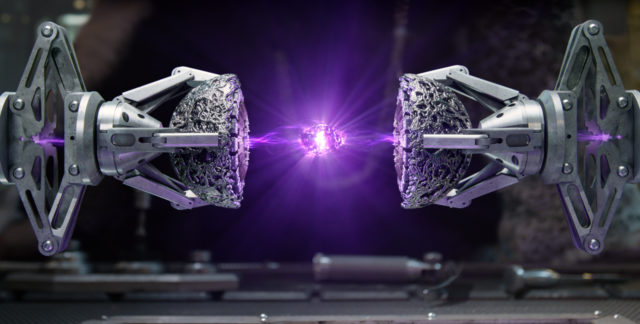
Others assumed that it would be in the possession of The Grandmaster. In the comics, the Grandmaster is one of the godlike Elders of the Universe, which include Guardians of the Galaxy‘s Collector and Guardians of the Galaxy Vol. 2‘s Ego, the Living Planet. Given the Collector’s obsession (and possession) of several stones over his few appearances, and Ego’s near-omnipotence, the Grandmaster was as likely a candidate as any for holding it.
But Ragnarok has come and gone without so much as a mention of that final Infinity Stone, leaving many to question where it’s hiding. Clearly it’s not on Asgard (thus the Ragnarok part of the movie’s title). And if the Grandmaster held it on Sakaar, he would have doubtlessly used it to quash the insurrection that claimed the planet.
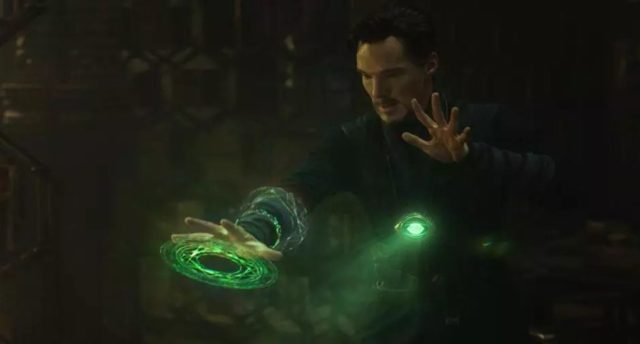
Heimdall is as likely a candidate as ever. His power to see souls throughout the universe, as well as his strikingly colored eyes, all seem to hint at that as a potential origin.
As with most things, however, the simplest explanation is doubtless the most likely. Thanos has at various points possessed the Mind and Power Stones. Through his proxies, he has made attempts on the Space and Power Stones (and judging from Thor: Ragnarok‘s mid-credit scene, is making a fresh attempt at possessing the Space Stone).
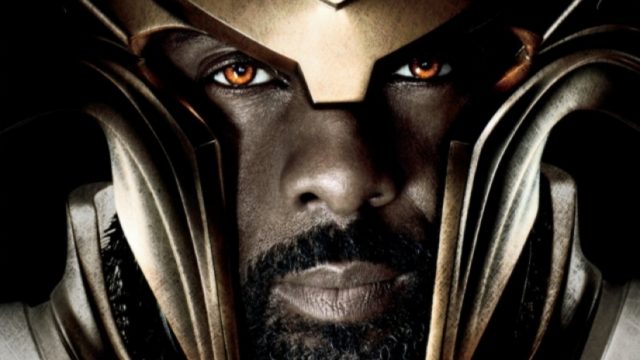
That he would simply already possess the Soul Stone is far from a narrative stretch at this point. Besides, any good, megalomaniacal dictator would keep at least one doomsday device (or, in this case, cosmic singularity) for himself.
 Follow Us
Follow Us



